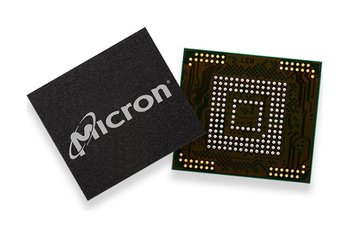After thirteen years of close cooperation, Micron and Intel are set to part ways: the companies have announced that they will not continue their joint NAND memory development efforts beyond early 2019.
The two will collaborate on third generation 3D NAND chips, expected to be delivered at the end of 2018, but that’s where this particular partnership ends.
They will, however, continue working together on more expensive, much faster 3D Xpoint memory, made at the Intel-Micron Flash Technologies (IMFT) fab in Lehi, Utah.
“Mutual agreement”
“Micron’s partnership with Intel has been a long-standing collaboration, and we look forward to continuing to work with Intel on other projects as we each forge our own paths in future NAND development,” said Scott DeBoer, executive vice president of Technology Development at Micron.
“Our roadmap for 3D NAND technology development is strong, and we intend to bring highly competitive products to market based on our industry-leading 3D NAND technology.
Micron originally partnered with Intel on flash development way back in 2005, and updated the partnership in 2012. Past 2019, the two companies will develop 3D NAND independently, although both say there will be no change in the cadence of their respective introduction of future technology nodes.
“Intel and Micron have had a long-term successful partnership that has benefited both companies, and we’ve reached a point in the NAND development partnership where it is the right time for the companies to pursue the markets we’re focused on,” said Rob Crooke, senior vice president and general manager of Non-Volatile Memory Solutions Group, Intel Corporation.
“Our roadmap of 3D NAND and Optane technology provides our customers with powerful solutions for many of today’s computing and storage needs.”
According to research by Gartner, Intel finished 2017 as the second largest semiconductor manufacturer in the world, trailing Samsung, while Micron emerged as the fourth largest, up from sixth place in 2016.

